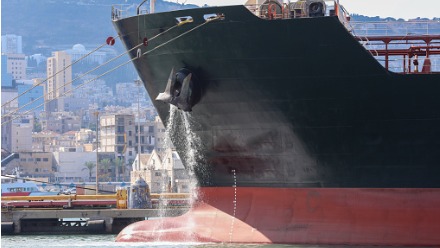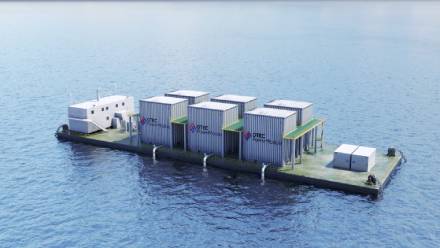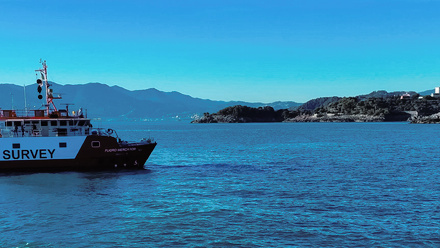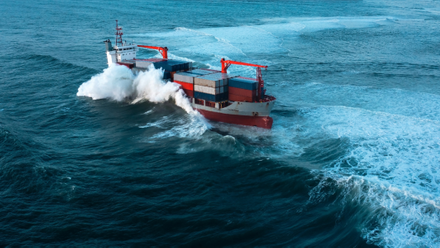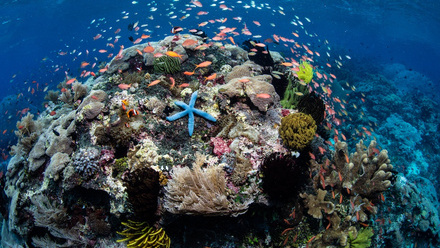Deep ocean faults may act as major carbon dioxide storage sites
As the climate crisis becomes more urgent, a team of scientists are looking at the potential of deep ocean faults to store CO2 in the Atlantic.
Analysis of rocks from the St. Paul's transform fault, a remote location 500km off the coast of Brazil, has revealed a previously unknown aspect of the geological carbon cycle. The team, led by scientists at the Woods Hole Oceanographic Institution (WHOI), have discovered a process where carbon-rich fluids react with rocks, locking away CO2, a discovery that could shed light on past climate regulation and potentially inform future carbon capture methods.
Transform faults, where tectonic plates slide past each other, have long been considered geologically uneventful due to low volcanic activity. This new research, however, suggests they may act as significant sinks for CO2, as it reveals that mantle rocks exposed along these faults react with CO2-rich hydrothermal fluids, locking away the carbon and potentially impacting global geological CO2 fluxes.
While the amount of CO2 currently emitted by transform faults is negligible compared to human activity, the discovery underscores the importance of considering all aspects of the carbon cycle for accurate climate modelling.
“We selected the St. Paul’s transform fault because it is one of the largest in the Atlantic and we reasoned that if we understand the largest of the transform faults, we could extrapolate our findings to the rest of the ocean,” says Professor Cédric John, Head of Data Science for the Environment and Sustainability at Queen Mary University of London, whose team provided the crucial clumped isotope data that was instrumental in establishing the model presented in the study.
The clumped isotope measurements from the rocks helped the researchers understand the amount of carbon dioxide present in the waters that circulate through the crust. “We now think there is much more carbon dioxide in the hydrothermal waters than we previously realised,” enthuses Professor John. “But we also realised that the crust could turn a large amount of this carbon dioxide into carbonate minerals.”
Looking back to the future
Understanding the geological carbon cycle is essential for modelling past and future climate change. This previously overlooked mechanism may have played a significant role in regulating Earth's climate over millions of years and it’s clear there is still much to understand about the interaction between the Earth’s atmosphere and the ocean.
“How much this impacts our climate over geological timescales is unclear,” says Professor John. “But it will not impact climate at the scale of a human lifespan, unlike greenhouse gas emissions from fossil fuels.”
As always with new research, the discovery raises further questions for investigation. “It would be interesting to be able to put numbers on the flux of carbon dioxide coming out of the Earth’s crust globally, not just locally to our transform fault,” Professor John states. “This would help getting a sense of how much of this carbon dioxide enters the ocean, and how much is trapped in the crust in the form of carbonate minerals.”
The team is also keen to understand if it is possible to use the property of the peridotite igneous rocks at these transform margins to engineer carbon capture as a mineral. This could represent a novel way to reduce the amount of anthropogenic (caused by humans) carbon dioxide being emitted into the atmosphere by injecting and trapping it at these locations.
“Our findings have significant implications for not only our understanding of tectonic carbon cycling but also for the potential to safely sequester carbon in similar rocks at ambient water temperatures,” says Professor John. “This research could pave the way for new approaches in carbon capture and storage, thereby contributing to the reduction of greenhouse gases in the atmosphere.”
Image: two tectonic plates in Iceland; credit: Shutterstock.
Tell us what you think about this article by joining the discussion on IMarEST Connect.


